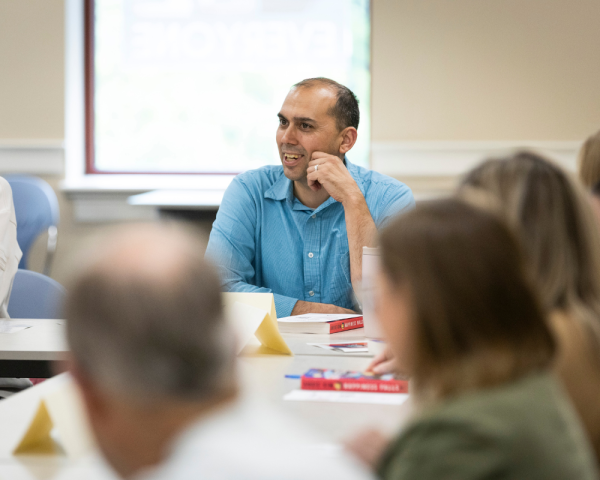Join Lexington Public Library and our partners, the Lexington Public Library Foundation, the University of Kentucky Office of Community Engagement, and Blue Grass Community Foundation, this fall to read The Color of Law by Richard Rothstein. In The Color of Law, Rothstein makes the case that racial segregation is the result of de jure practices, such as Redlining, and gives numerous examples of how the government at all levels created and enforced residential racial segregation.
The intent of this community read is to bring our community together to learn, grow, have a shared experience, and hopefully be motivated to act.
To browse related books and Ted Talks, click here.

















